Happy Valley House offers a model for West Coast Modern architecture and family living
Happy Valley House by Swatt Miers Architects was created as an example of West Coast Modern architecture that is also perfect for family life
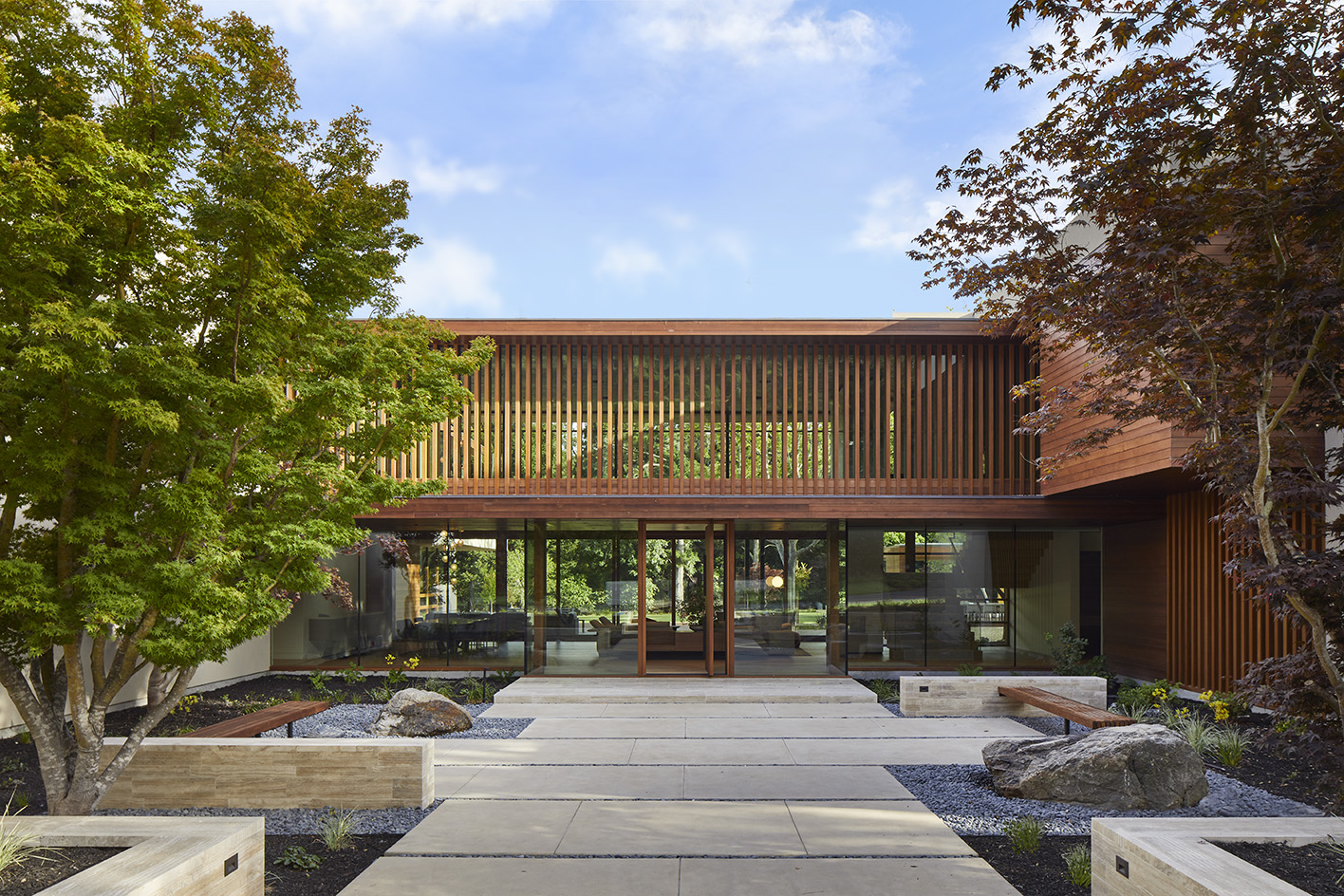
Happy Valley House was crafted for a young family with three school-age children who moved to California from New York. The home, designed by local architecture studio Swatt Miers, was conceived as a 'warm, peaceful and private new family home, where they could enjoy family life with their extended family and friends', explains one of the studio's founders, Robert Swatt.
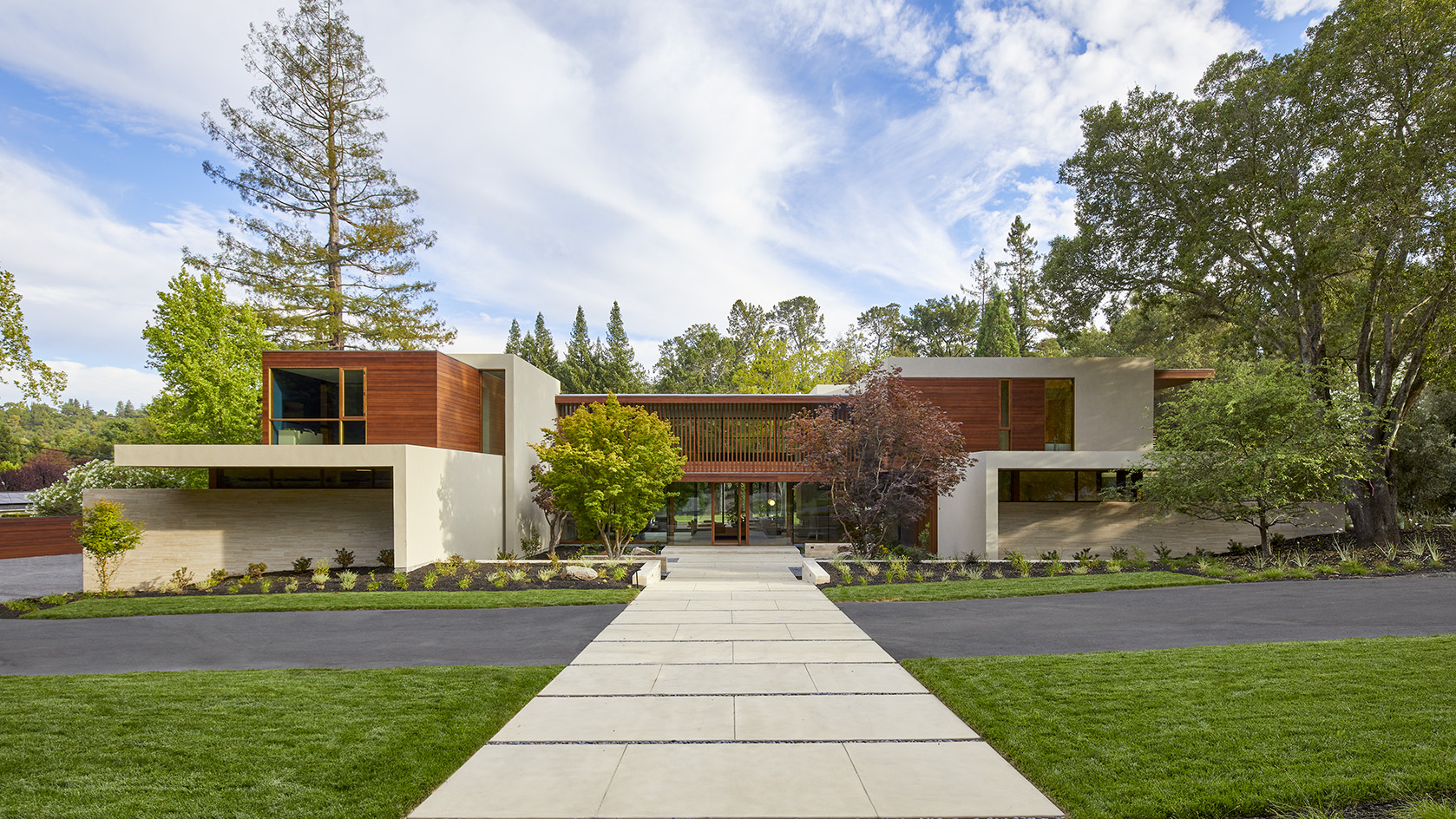
Happy Valley House: a warm, family home
Swatt continues: 'One of the major goals of the project involved the creation of strong indoor-outdoor connections. Working with the gentle topography, virtually every major space on the ground floor has a direct connection to outdoor gardens and gathering spaces. Additionally, major spaces on the upper level are connected to the outdoors with generous roof terraces that overlook the gardens below. The landscape has been developed with multiple gathering spaces – including play areas for children, a large lanai (a kind of veranda), a swimming pool with an adjacent lounge and dining structure, and a grass field – to create unique destinations for outdoor family life.'
'With strong indoor-outdoor connections, the Happy Valley House is a prime example of West Coast Modern architecture designed for California living.'

The house replaced an existing, old and unsuitable structure on the site. The architects, however, tried to make the most of the original building's infrastructure, using its footprint as the basis for the plan, to minimise new grading and drainage, and eliminate the need for new landscape screening.
This means the architects were able to save existing planting, such as the site’s giant redwood and oak trees. The mature greenery and openness of the new design blend effortlessly in a composition that favours that indoor-outdoor lifestyle, while making it all feel timeless.
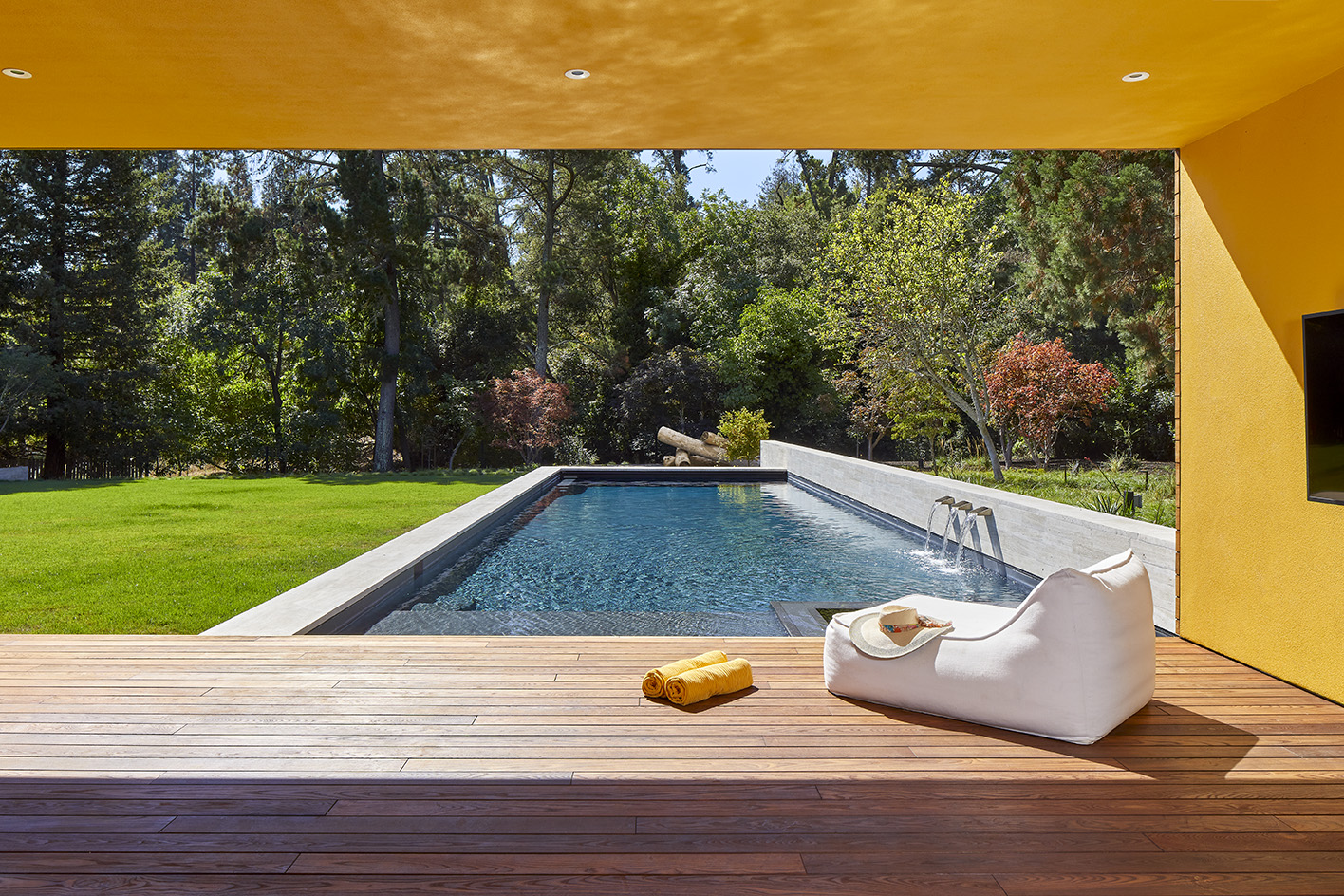
'The interior spaces are anchored by a grand, two-storey living and dining “great room” in the centre of the H-shaped plan,' adds Swatt, talking about one of the main drivers in the design solution. 'This dramatic central space separates the family and guest wings, and connects to the outdoors through an entry courtyard on the north side, and the large covered lanai on the south side. The bedroom wings on the upper level are connected by an interior bridge that runs along the north edge of the great room. The bridge serves the secondary purpose of compressing the space vertically at the entry – adding contrast and drama to the spatial qualities of the home. Materials inside and outside are warm and natural and include Western red cedar boards, European oak flooring, and travertine limestone.'
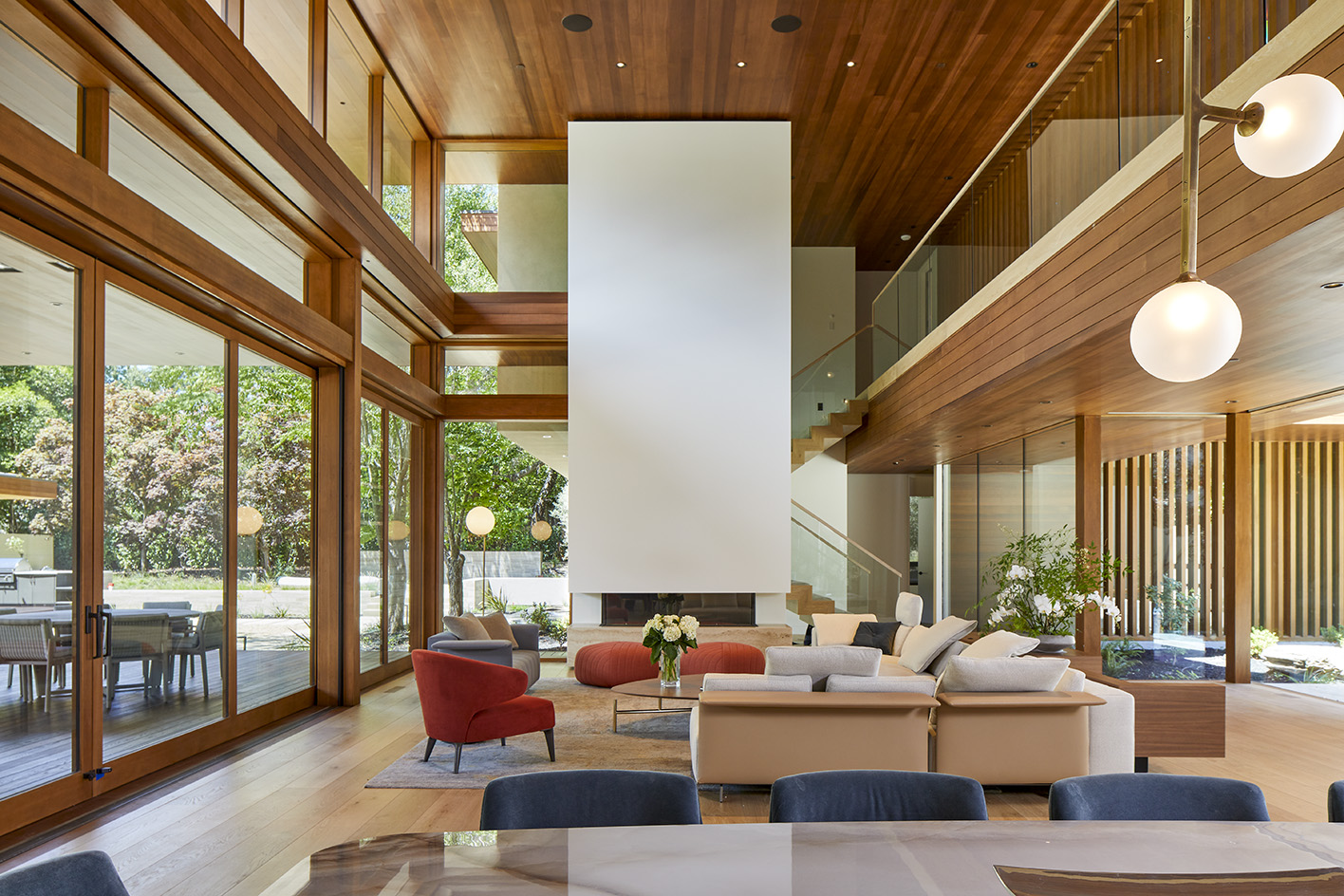
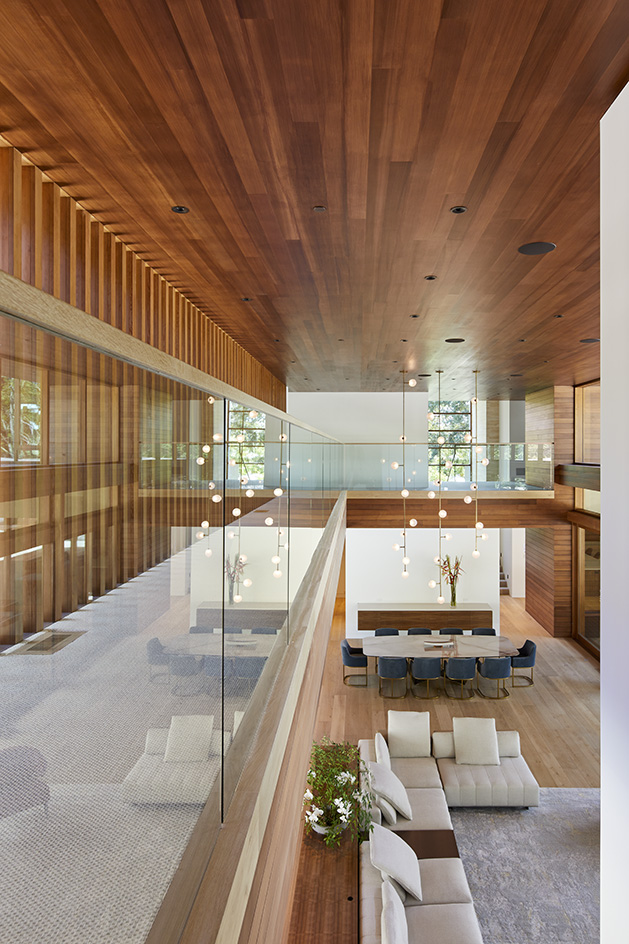
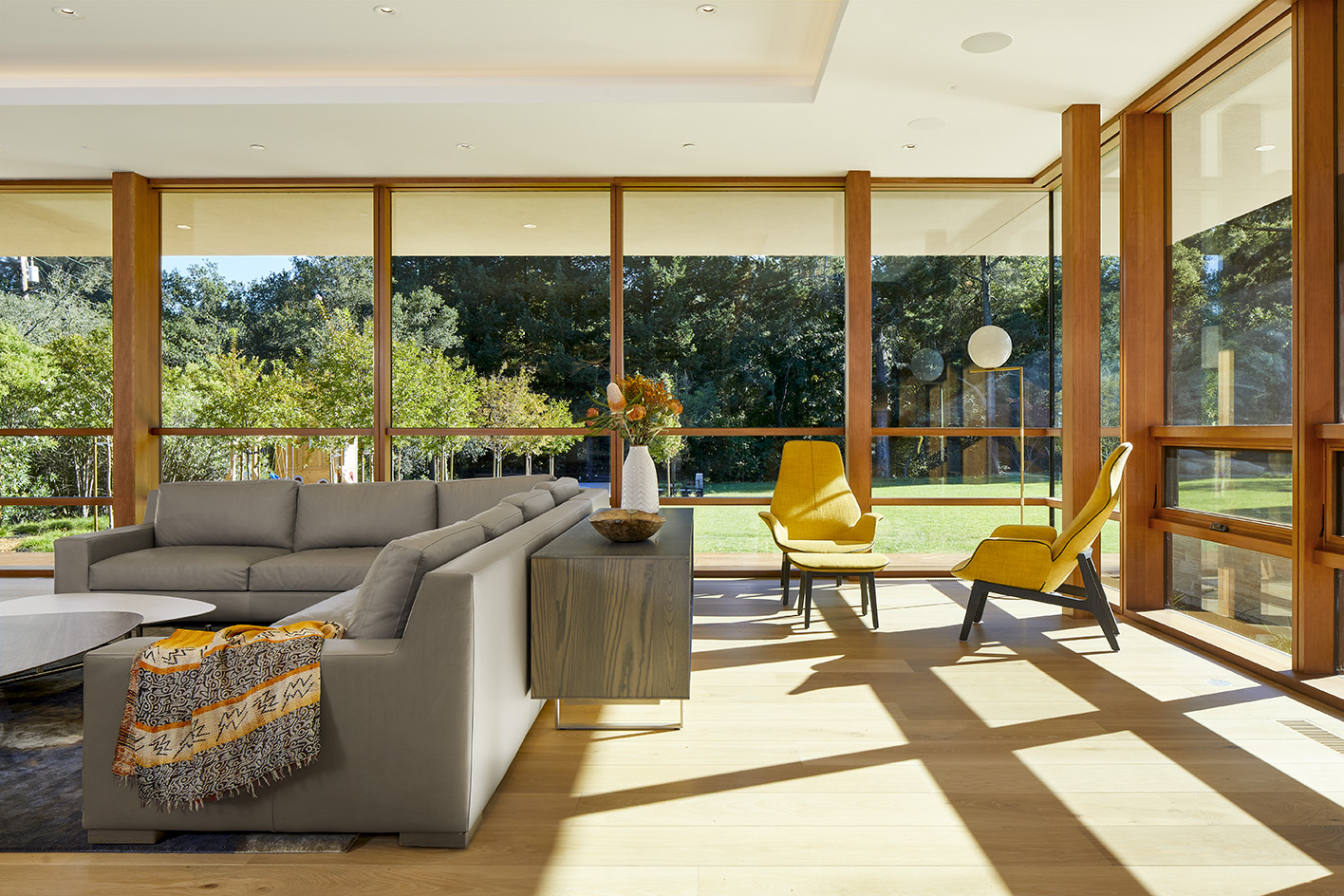

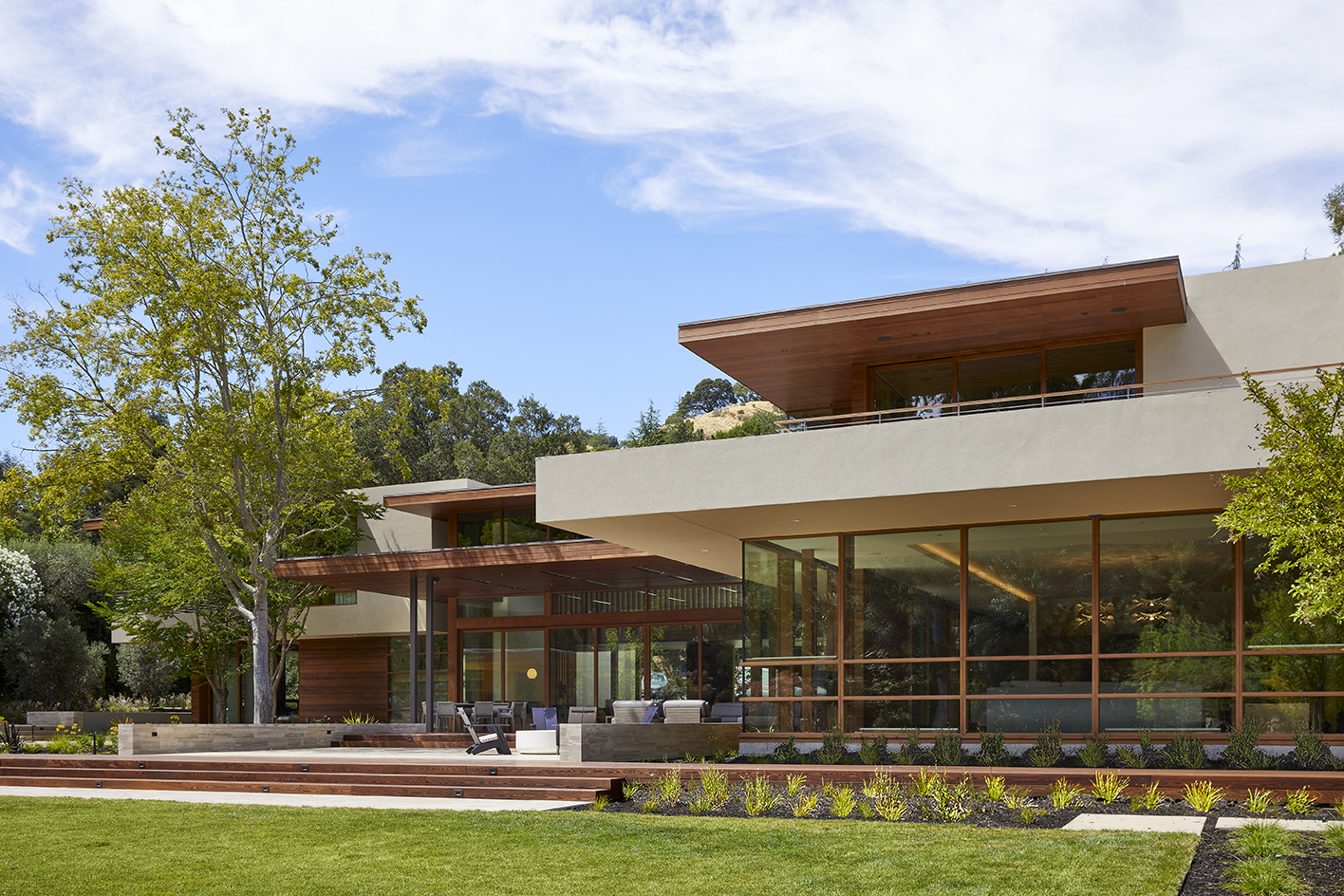
Receive our daily digest of inspiration, escapism and design stories from around the world direct to your inbox.
Ellie Stathaki is the Architecture & Environment Director at Wallpaper*. She trained as an architect at the Aristotle University of Thessaloniki in Greece and studied architectural history at the Bartlett in London. Now an established journalist, she has been a member of the Wallpaper* team since 2006, visiting buildings across the globe and interviewing leading architects such as Tadao Ando and Rem Koolhaas. Ellie has also taken part in judging panels, moderated events, curated shows and contributed in books, such as The Contemporary House (Thames & Hudson, 2018), Glenn Sestig Architecture Diary (2020) and House London (2022).
-
 Dry January? No, it's Try January with these non-alcoholic alternatives
Dry January? No, it's Try January with these non-alcoholic alternativesDrinks writer Neil Ridley explores some of the best options if you're planning some time away from the booze this month
-
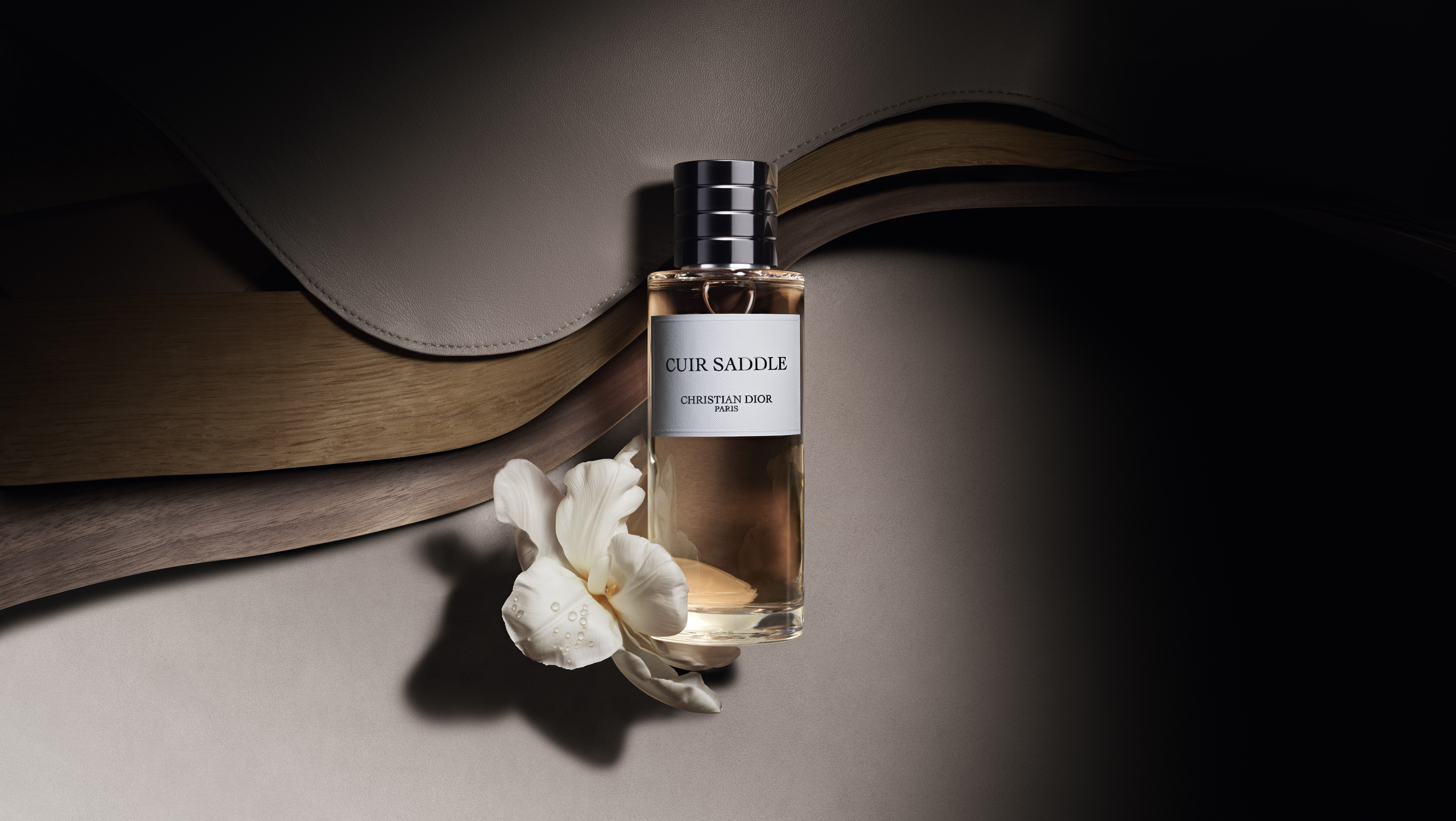 Dior’s iconic ‘Saddle’ bag has been transformed into a perfume
Dior’s iconic ‘Saddle’ bag has been transformed into a perfumeWith Cuir Saddle, Francis Kurkdjian takes a radical approach to the classic leather fragrance. Here, Wallpaper* gets the lowdown from the master perfumer
-
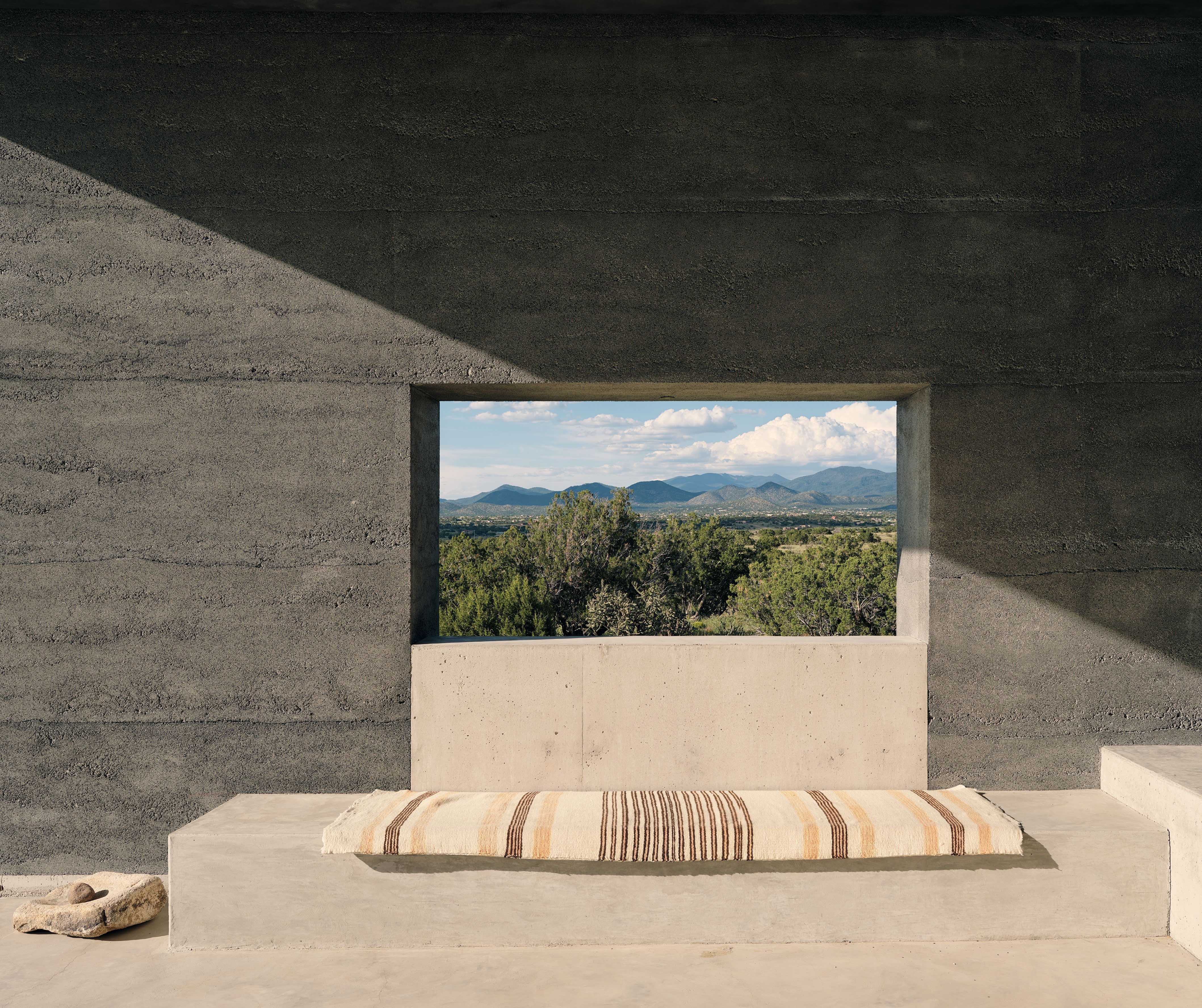 Wallpaper* Best Use of Material 2026: a New Mexico home that makes use of the region's volcanic soil
Wallpaper* Best Use of Material 2026: a New Mexico home that makes use of the region's volcanic soilNew Mexico house Sombra de Santa Fe, designed by Dust Architects, intrigues with dark, geometric volumes making use of the region's volcanic soil – winning it a spot in our trio of Best Use of Material winners at the Wallpaper* Design Awards 2026
-
 Wallpaper* Best Use of Material 2026: a New Mexico home that makes use of the region's volcanic soil
Wallpaper* Best Use of Material 2026: a New Mexico home that makes use of the region's volcanic soilNew Mexico house Sombra de Santa Fe, designed by Dust Architects, intrigues with dark, geometric volumes making use of the region's volcanic soil – winning it a spot in our trio of Best Use of Material winners at the Wallpaper* Design Awards 2026
-
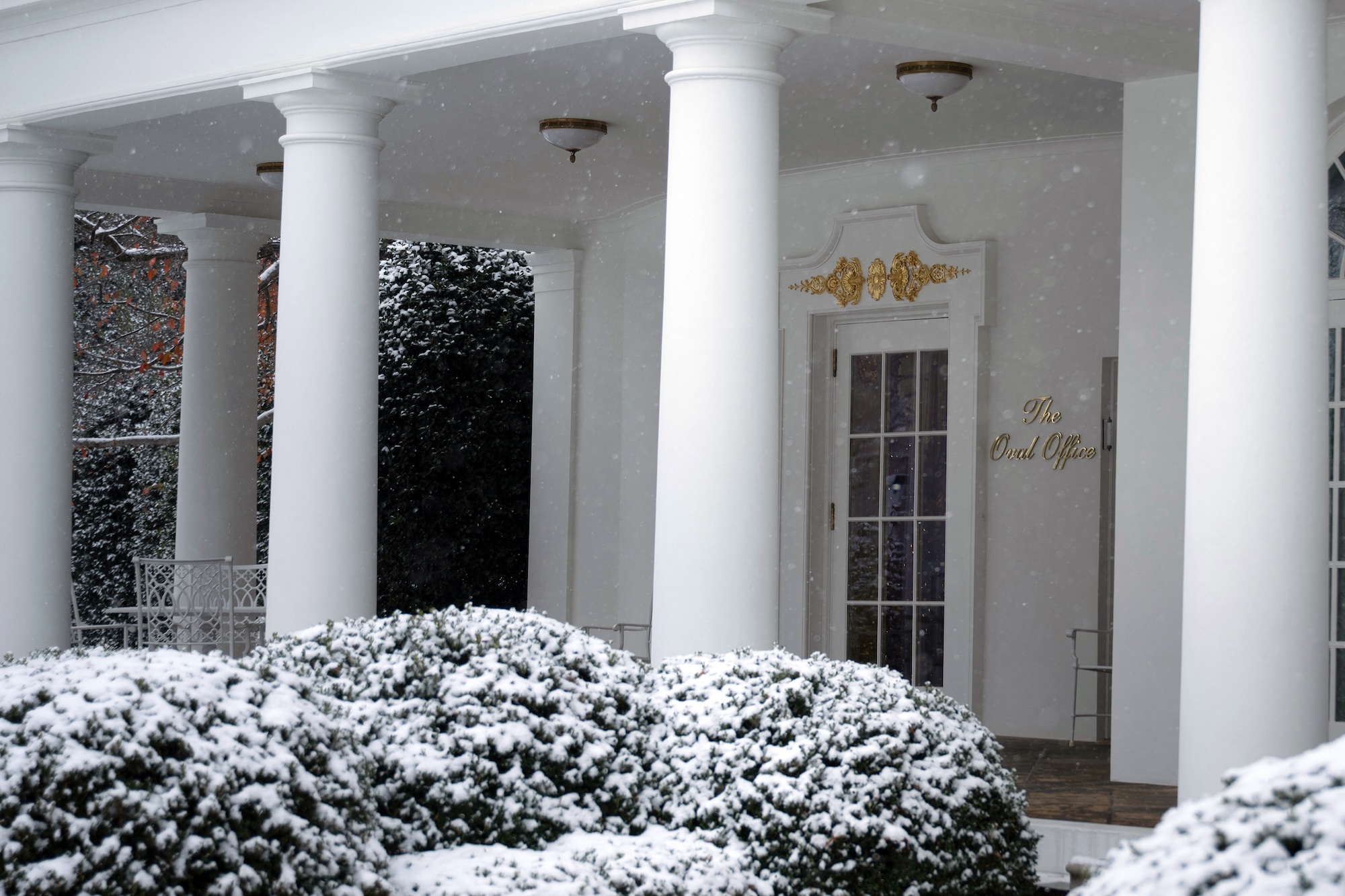 More changes are coming to the White House
More changes are coming to the White HouseFollowing the demolition of the East Wing and plans for a massive new ballroom, President Trump wants to create an ‘Upper West Wing’
-
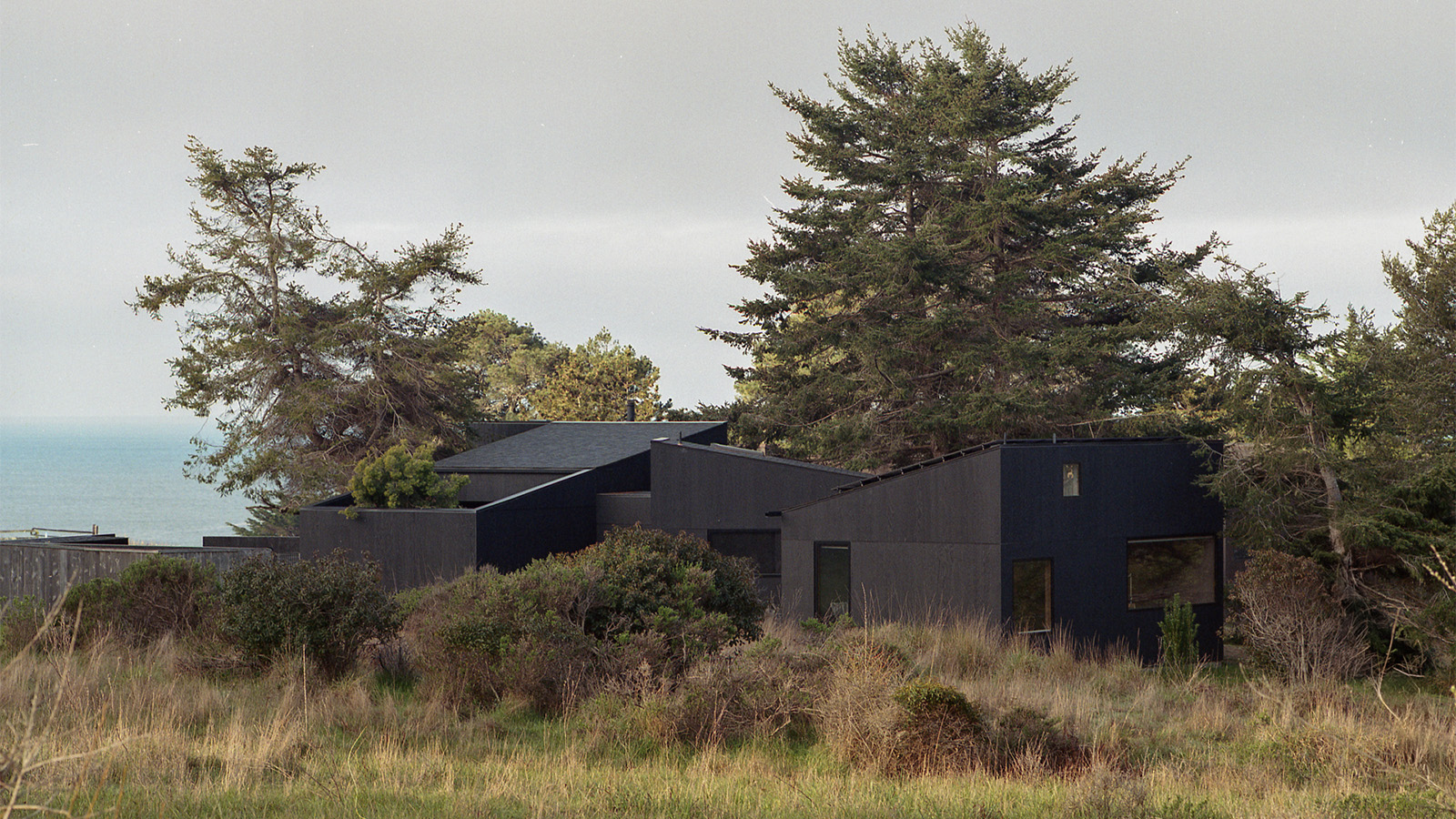 A group of friends built this California coastal home, rooted in nature and modern design
A group of friends built this California coastal home, rooted in nature and modern designNestled in the Sea Ranch community, a new coastal home, The House of Four Ecologies, is designed to be shared between friends, with each room offering expansive, intricate vistas
-
 Step inside this resilient, river-facing cabin for a life with ‘less stuff’
Step inside this resilient, river-facing cabin for a life with ‘less stuff’A tough little cabin designed by architects Wittman Estes, with a big view of the Pacific Northwest's Wenatchee River, is the perfect cosy retreat
-
 Remembering Robert A.M. Stern, an architect who discovered possibility in the past
Remembering Robert A.M. Stern, an architect who discovered possibility in the pastIt's easy to dismiss the late architect as a traditionalist. But Stern was, in fact, a design rebel whose buildings were as distinctly grand and buttoned-up as his chalk-striped suits
-
 Own an early John Lautner, perched in LA’s Echo Park hills
Own an early John Lautner, perched in LA’s Echo Park hillsThe restored and updated Jules Salkin Residence by John Lautner is a unique piece of Californian design heritage, an early private house by the Frank Lloyd Wright acolyte that points to his future iconic status
-
 The Stahl House – an icon of mid-century modernism – is for sale in Los Angeles
The Stahl House – an icon of mid-century modernism – is for sale in Los AngelesAfter 65 years in the hands of the same family, the home, also known as Case Study House #22, has been listed for $25 million
-
 Houston's Ismaili Centre is the most dazzling new building in America. Here's a look inside
Houston's Ismaili Centre is the most dazzling new building in America. Here's a look insideLondon-based architect Farshid Moussavi designed a new building open to all – and in the process, has created a gleaming new monument